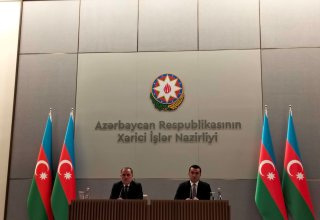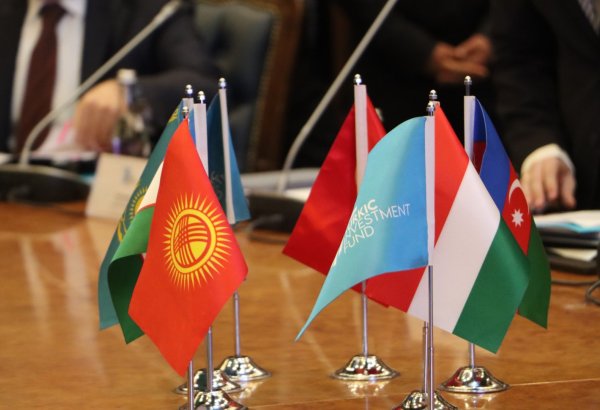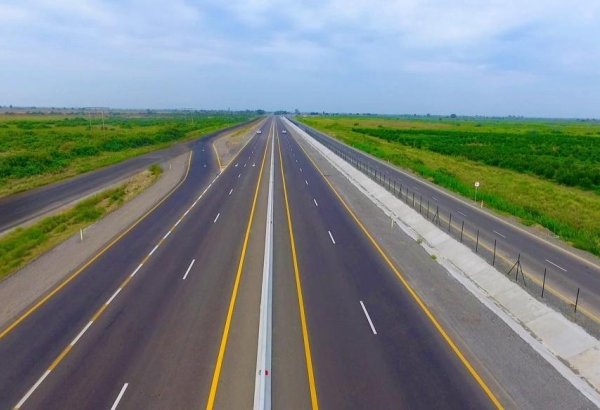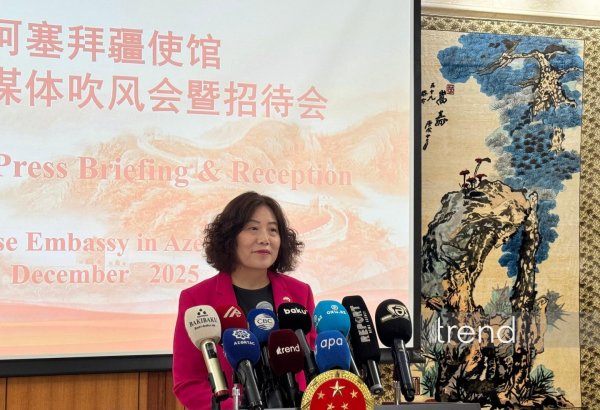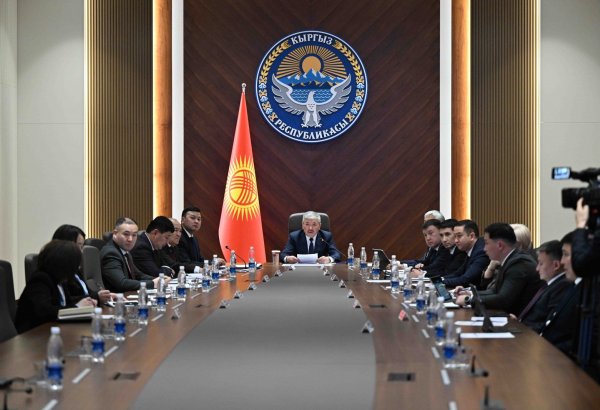BAKU, Azerbaijan, September 30. A project for the Kyrgyz part of the railway within the framework of the Middle Corridor—from Kashgar in the Xinjiang Uyghur Autonomous Region of China to Makmal and other settlements in Kyrgyzstan—will be presented soon, Kyrgyzstan's Ambassador to Azerbaijan, Kayrat Osmonaliyev, told TurkicWorld.
"The Middle Corridor is the classical Silk Road that initially existed. It's very important for Kyrgyzstan, but it is also of great importance to China and all the countries along this route. This route passes through Central Asian countries, Azerbaijan, Georgia, Turkey, and further into Eastern European countries," the ambassador noted.
He emphasized that for countries located at the crossroads of transit routes, active participation in the development of international transportation is crucial. Leaders of countries located around the Middle Corridor recognize this importance.
As President of Kyrgyzstan Sadyr Japarov noted at last year's summit of the Organization of Turkic States in Samarkand, transport is an essential aspect for further progressive development of trade and economic cooperation.
According to Osmonaliyev, Kyrgyzstan plans to begin the practical implementation of the "China-Kyrgyzstan-Uzbekistan" railway project, which will complement the railway and road connections of the Middle Corridor, speeding up the delivery of goods to Western countries.
The Middle Corridor is a transportation and trade route that connects Asia and Europe, passing through several countries in the region. It is an alternative route to the traditional Northern Corridor and Southern Corridor. The route starts in China and crosses Central Asian countries such as Kazakhstan, Uzbekistan, and Turkmenistan. It then passes through the Caspian Sea, Azerbaijan, Georgia, and Türkiye before reaching Europe. The Middle Corridor offers a land route that connects the eastern parts of Asia, including China, with Europe, bypassing the longer maritime routes.











